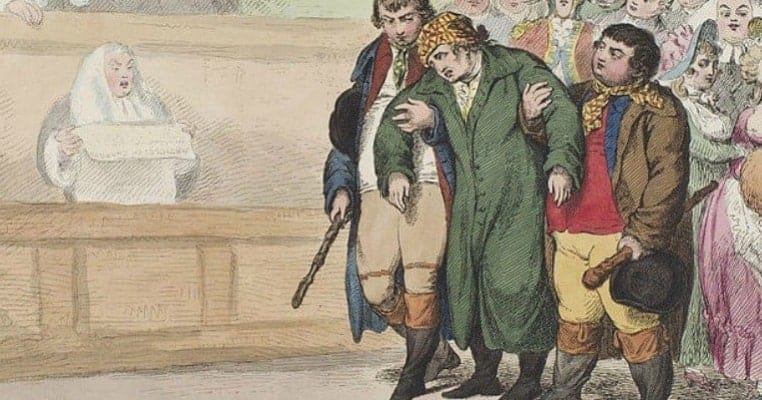Most criminals and their crimes are pretty pedestrian and unremarkable, but some crimes and criminals cannot help but attract attention because they are just so far outside the norm. Whether they won when they fought the law, or whether the law won, history is littered with remarkable but little-known criminals. They range from the crazy audacious to the plain crazy, and their crimes span the gamut from the clever to the grotesque. Following are forty things about some of history’s most remarkable but lesser-known outlaws.
40. The Age of Hijackings

Unlike today, airplane hijackings back in the 1960s and early 1970 were not viewed as sinister preludes to something horrific. Instead, hijackings in those more innocent days were often viewed as mere annoyances and starting in the 1960s, hijackings became almost a fad, occurring on a near-weekly basis. The hijackers – or at least some of them – were seen by the public, or large swathes thereof, as fascinating figures or romantic rebels.
It was a time when many distrusted the establishment, which translated into many people embracing outlaws. Two such outlaws were Willlie Roger Holder, a decorated Vietnam veteran turned amateur astrologer, and Cathy Kerkow, a former high school athlete turned small-time drug dealer and erotic masseuse. The duo, who came to be known as the “Bonnie and Clyde of the Air”, hijacked a plane in 1972, and as seen below, fled overseas with half a million dollars in ransom money.

